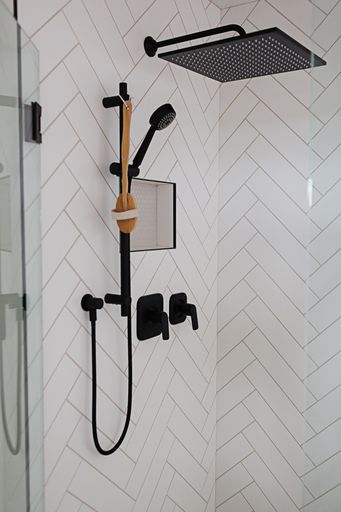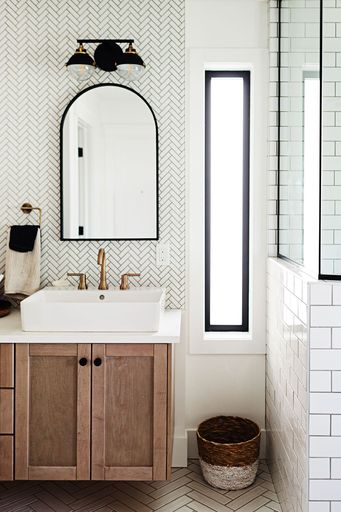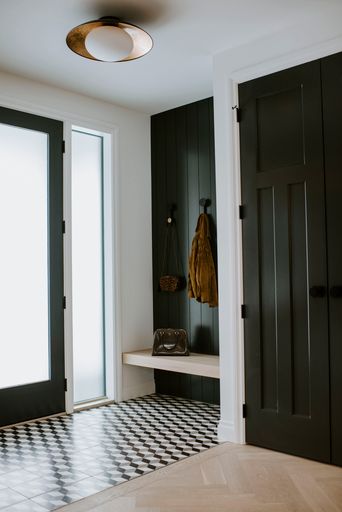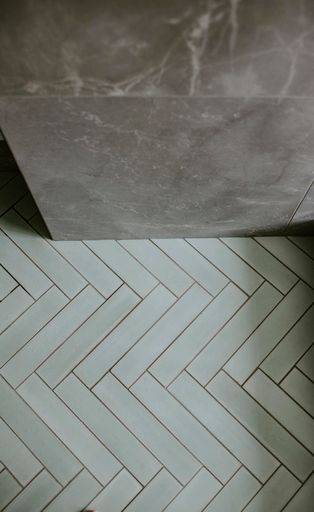The Enduring Popularity of the Herringbone Pattern
One of the most common requests we receive is for the beautiful and classic herringbone pattern. Whether utilized in hardwood, luxury vinyl plank, a tile mosaic backsplash, a brick mudroom floor, patterned stair runners, or a fun cement inlay (and everything in between!), the herringbone pattern continues to be a staple in surface design.
However, we also frequently get asked if we think the pattern will become dated quickly as it IS so popular. We get it—homeowners invest a great deal of time and money into their new homes and renovations and want to know that their investments will have longevity and hold their value.
And our honest answer is NO—it will not date a space.

The herringbone pattern is timeless, and when used correctly, it will add a custom element that stands the test of time in any home. With origins dating back to the Roman Empire, where it was used in road paving systems and in the textiles and jewelry of the ancient Egyptian elite, it’s anything but a fad.
(Did you know this classic pattern gets its name due to the angular design that resembles a herring fish’s shape and bone structure?)
Take a peek at these shots of past Iron River Surfaces projects. There are a few key things to note when using a herringbone pattern in your surface designs:
➔ There is an upgraded cost on tile and hardwood/vinyl herringbone applications as it requires more waste with the pattern cuts. AND as it is much more intricate and time-consuming work, the installation cost is generally higher.
➔ You can be as bold or subtle as you’d like when using a herringbone pattern. Want to make a statement? Use a contrasting grout to highlight the design. A matching grout allows the pattern to be more subtle while adding dimension. And when working with hardwood, incorporating 2 or 3 varying tones or contrasting colors like black and white can create a striking pattern, whereas a muted natural white oak adds interest and pattern to spaces while maintaining a classic and neutral appearance.
➔ Whether longer planks, shorter 3×6 tiles, or anything in between, any consistent rectangular shape can be installed in a herringbone pattern as long as the room dimensions allow for it.
So go ahead, express your creativity and introduce a little herringbone pattern in your home.
Our advice? Use sparingly for maximum impact. As with so many things in life, a little goes a long way.



+ show Comments
- Hide Comments
add a comment